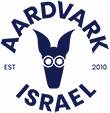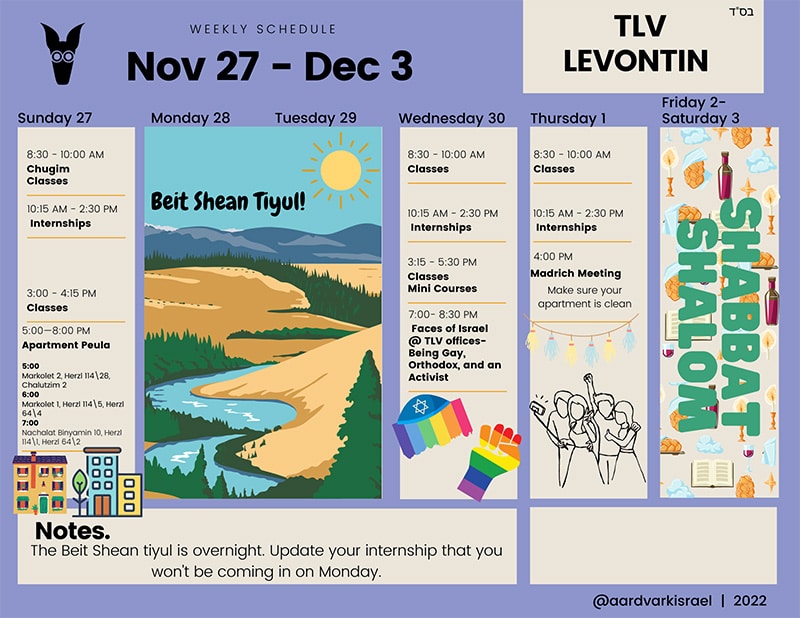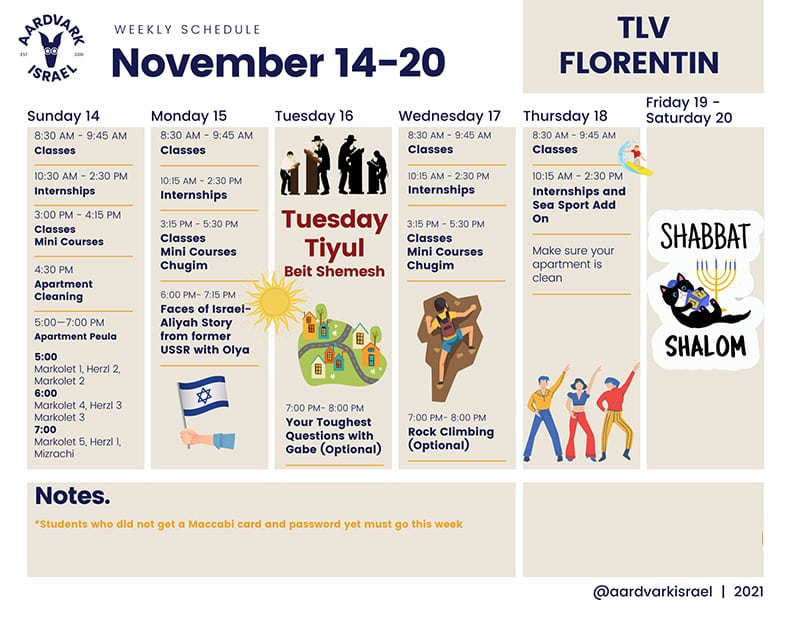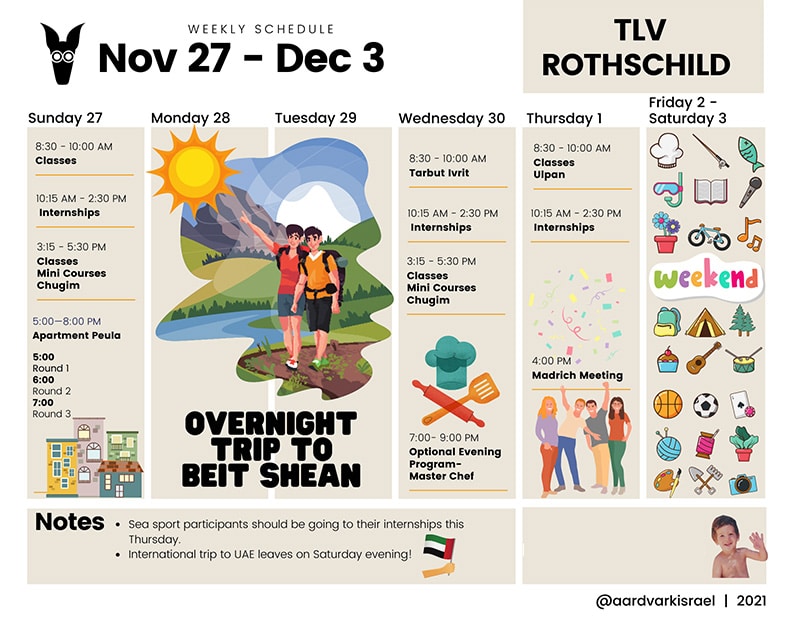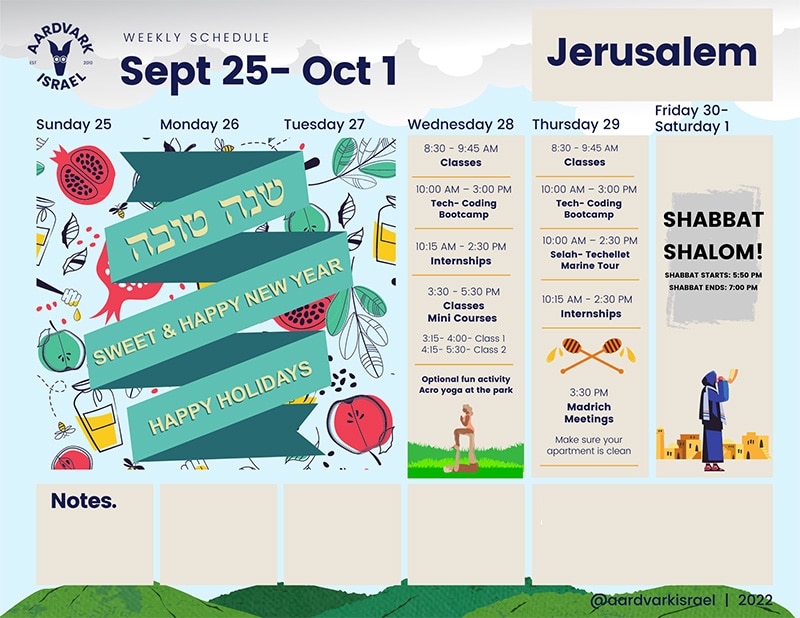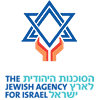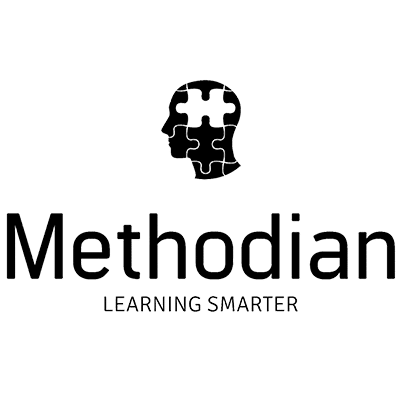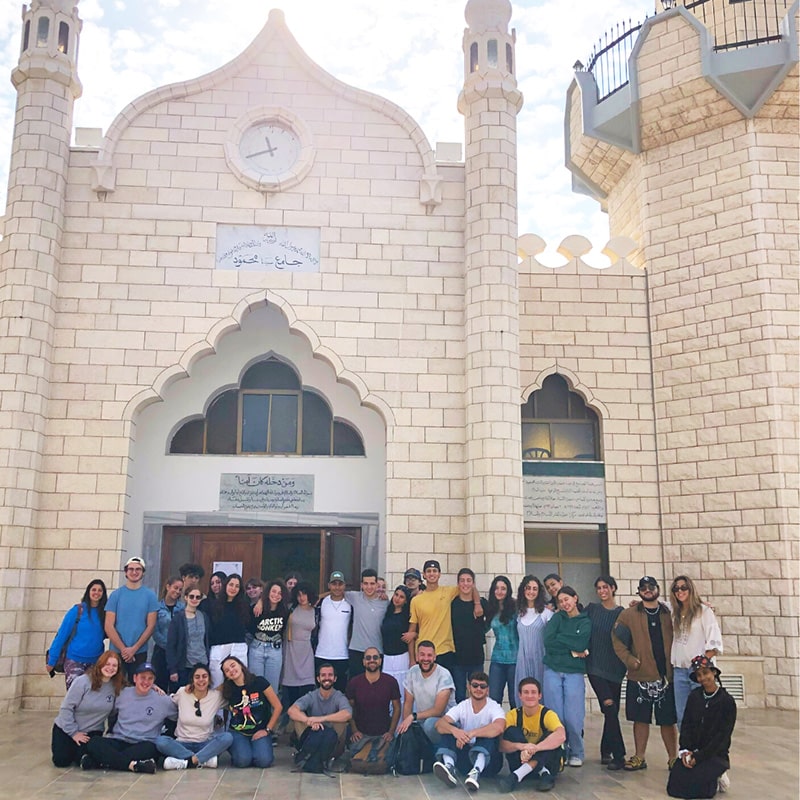
Shalom Parents and Students!
This was another week full of adventure; Celebrating the Sigd holiday, traveling the country, and going on our second international trip to Spain! Can’t wait to read about it? No problem, simply scroll down now
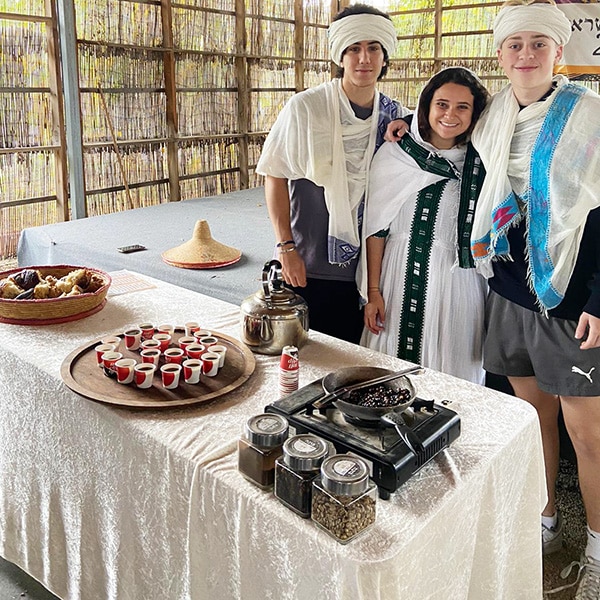
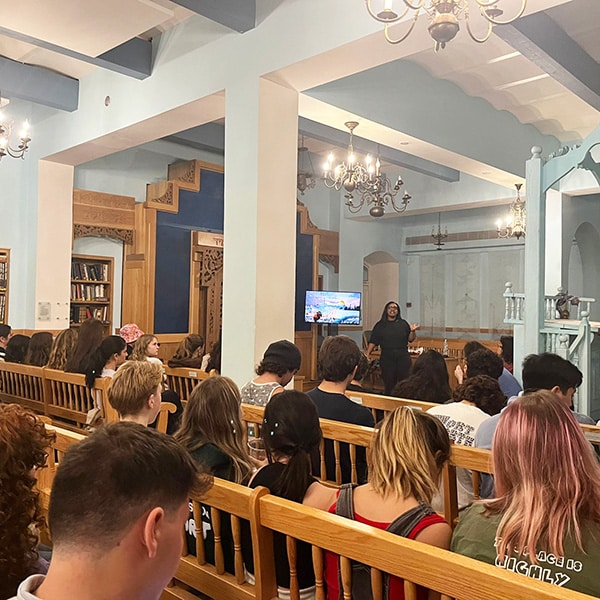
This week, the Sigd holiday, from the tradition of the Ethiopian Jewish community in Israel, was celebrated. The holiday focuses on the themes of acceptance of the Torah, connection to God, community gathering, and yearning for a return to Jerusalem.
Fentanesh, one of our Internship Coordinators, presented the story of the Ethiopian Jews and the Beta Israel community and discussed with our students the purposes of Sigd and how it is celebrated within her family. They even had popcorn with honey, an Ethiopian traditional dish, and drew with coffee, which is celebrated regularly in the Ethiopian community.
With perfect timing, Rothschild community traveled to Khirbet Midras, near Kiryat Gat and Beta Israel, a cultural center of the Ethiopian Jewish community in Israel, where the students built houses from mud, just like they do in Ethiopia. Later, they took part in Buna, a traditional coffee ritual, where they cooked coffee beans and said a blessing on Dabo, an Ethiopian bread.
Our Florentin community traveled to Ein Avdat, a canyon in the Negev Desert, south of Kibbutz Sde Boker. The students traversed the numerous springs, hiked through the canyon, and visited the grave of Ben Gurion, Israel’s first prime minister and one of its founding fathers.
Levontin community traveled to the north, to Haifa. They visited the Ahmadiyya Mosque, of the Ahmedi religion, where Israel is the only place in the Middle East where this community can practice their religion freely. Our students saw the beautiful Bahá’í Gardens, which represent the Bahá’í message of beauty, freedom, and balance through its aesthetics, design, and young history; visited Stella Maris church and Elisha’s Cave; and finished the day at Wadi Nisnas, an Arab neighborhood with one of Haifa’s best culinary scenes.
Jerusalem community traveled to Hebron, where they met a Palestinian resident, who talked to them about living side by side with the Jewish community. They also met the spokesperson of the city, went on a tour of the Jewish part of Hebron, and finished their day at the Cave of the Patriarchs.
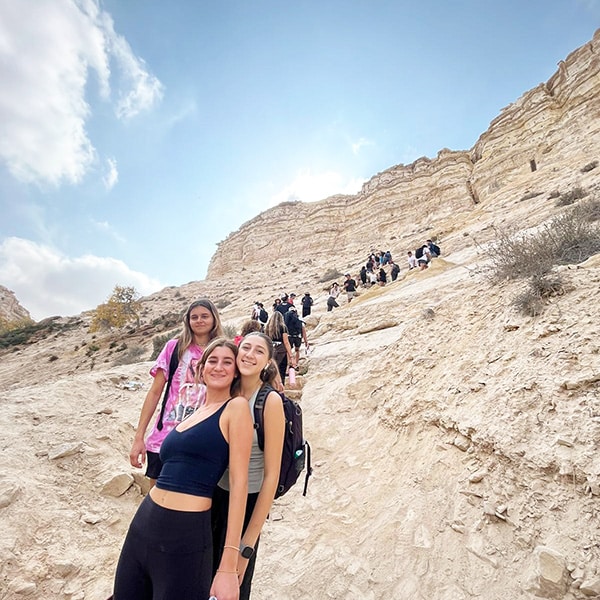
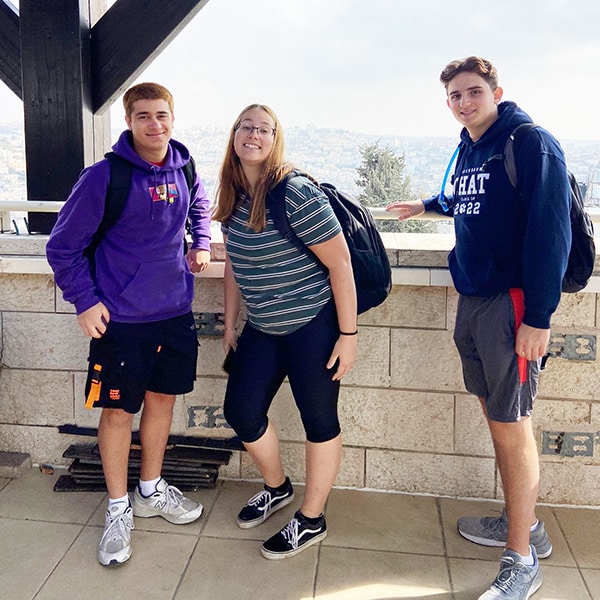


Last Shabbat, our students had the option to go to a Shabbaton in Shlomi. The Shabbaton theme was living a meaningful life in relation to Parashat Chaye Sarah. They went to Keshet Cave, one of the most beautiful places in Israel, with a stunning view. They saw the border with Lebanon and learned about the Western Galilee region. Kabalat Shabbat was followed by fun games and group activities.
Selah, our Jewish Enrichment Track, toured Shuk Machane Yehuda. The theme of this week was gratitude and eating with intention. They learned that gratitude is the foundation of what it means to be a Jew. They learned about many Jewish communities and their native cuisines that can be found in the Shuk. They also partook of the seasonal produce of the Land of Israel.
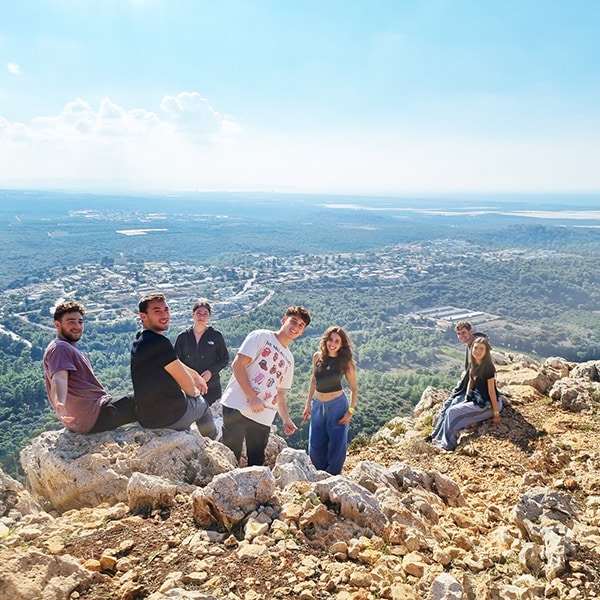
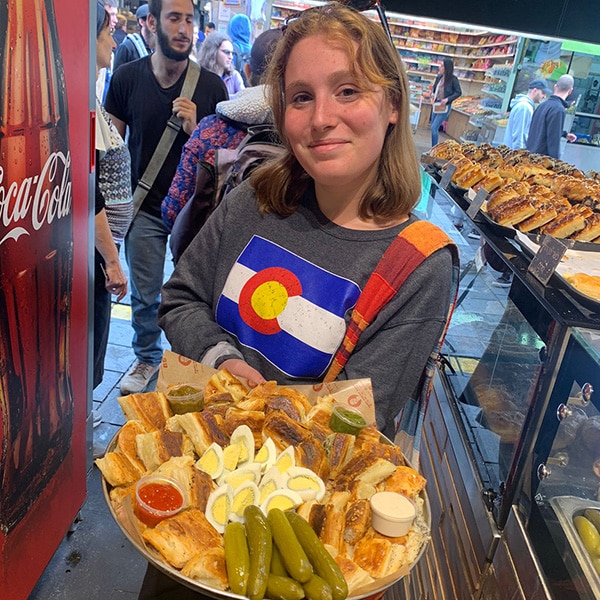
This week’s Parashat Ha’shavua is Parashat Toldot, brought to you by our Jewish Life Coordinator, Rabbi Liad:
In the midst of a midlife crisis, a man quits his job in the pursuit of enlightenment. After a year of toil, he makes a pilgrimage to Tibet and climbs a mountain in order to visit a holy monk that resides at the mountain’s peak. Finally, he reaches his destination and knocks at the door. The monk calmly opens the door and without saying a word gestures for his guest to enter. The man immediately begins to tell his story; how he quit his job and began in the pursuit of wisdom, he read this book, and then that book, etc.
As the man continues explaining all that he has learned in the past year, the monk sets some freshly brewed tea on the table and again gestures to ask if his guest would like some. “Oh sure, thank you,” responds the man jumping right back into his story. The monk begins to pour as the man speaks on. Suddenly, the man looks down to see that the monk is still pouring even though the cup is overflowing. “What are you doing?!” the man shouts. The monk calmly sets the pot down and speaks for the first time. “You say that you came here in search of wisdom, but you are like this cup; full. Since you’ve arrived you have gone on and on about what you know. You have yet to shut your mouth to receive what I have to give. You are too full of your own knowledge to receive outside knowledge. When you empty yourself, you will grow and achieve true wisdom.”
In this week’s Torah portion, we see the birth of Isaac’s two sons; Esav and Yaacov. Esav was born hairy, already showing signs of having reached some maturation. Thus, he is named “Esav” which means “made” or “complete.” Yaacov was born holding onto his older brother’s heel. Therefore, he is named “Yaacov” related to the word “ekev” or “heel.” This is the literal understanding of their names. The Jewish mystics teach that the name of an individual conveys their essential nature. As descendants of Yaacov, what does this suggest for us?
Perhaps the Torah is telling us that like the middle-aged man in the above story, there are those that are so sure of themselves and their own perspectives that they are full or complete. Like the name Esav suggests, they see themselves as having already achieved; like there is nothing more that they need to learn. Then there are the Yaacovs. These people are on a never-ending quest for growth. Even upon amassing a new level of understanding, they are constantly reaching up to the next rung on the ladder, grasping at the heels of those above in order to ascend yet higher. The Torah wants to remind us, the descendants of Yaacov, to never be content in our spiritual and intellectual growth. Rather to always reach yet higher on the ladder to Infinity.
Have a great weekend,
Meron
